Aviation Client
Designing an aviation operations management platform to supercharge private flight departments
Aviation Client
An aviation operations management platform to supercharge private flight departments
A disparate product portfolio becomes a single service ecosystem
A disparate product portfolio becomes a single service ecosystem
A disparate product portfolio becomes a single service ecosystem
Managing business aviation logistics requires the coordination of hundreds of details with limited resources. Complementing their aviation hardware business, this aviation client made a number of acquisitions to begin offering a new private aviation support service. I led a team at Method through a multi-phased project to harmonize their offering through a cohesive and user-centric product and service ecosystem.
Client
Aviation Client
Aviation Client
Date
2016 - 2017
Role
Lead Designer
Background
approach
approach
Key challenges faced in private flight operations with existing software
Experience principles to unify the ambition
Through discovery and customer research, we determined five key challenges with high-level solutions to frame the opportunity.
We developed five experience principles and one overall mission to define the product aspirations, ground subsequent decision making, and build a consensus within the stakeholder group. This proved to be invaluable in guiding design choices for us and client teams.
01
CHALLENGE
Current solutions
are a messy patchwork.
Current solutions
are a messy patchwork.
approach
Introduce a single user interface.
Introduce a single user interface.
02
CHALLENGE
Flight departments need help completing interdependent workflows, not discrete tasks.
Flight departments need help completing interdependent workflows, not discrete tasks.
approach
Organize the interface by workflow.
Organize the interface by workflow.
03
CHALLENGE
Flight teams rely on each other for expertise, but lack easy ways to collaborate.
Flight teams rely on each other for expertise, but lack easy ways to collaborate.
approach
Enable embedded collaboration inside workflows.
Enable embedded collaboration inside workflows.
04
CHALLENGE
Many flight department tasks are repetitive and manual.
Many flight department tasks are repetitive and manual.
approach
Use automation and machine learning to eliminate routine work.
Use automation and machine learning to eliminate routine work.
05
CHALLENGE
Many flights require complex, highly detailed planning.
Many flights require complex, highly detailed planning.
approach
Serve complex flight needs with seamless, integrated trip support.
Serve complex flight needs with seamless, integrated trip support.
Underlying Problem
the underlying Problem
Problem
Fragmented organisations lead to fragmented products
Fragmented organisations lead to fragmented products
Fragmented organisations lead to fragmented products
It became clear early on that the root cause of user experience problems stemmed from much deeper organizational challenges they faced. We unpacked these challenges to organize the greater ambition and establish a roadmap of problems to tackle.
It became clear early on that the root cause of user experience problems stemmed from much deeper organizational challenges they faced. We unpacked these challenges to organize the greater ambition and establish a roadmap of problems to tackle.
It became clear early on that the root cause of user experience problems stemmed from much deeper organizational challenges they faced. We unpacked these challenges to organize the greater ambition and establish a roadmap of problems to tackle.

Research Approach
research Approach
Approach
Ethnographic research to learn directly from pilots and dispatchers
Ethnographic research to learn directly from pilots and dispatchers
Ethnographic research to learn directly from pilots and dispatchers
To fully grasp the problem, we immersed ourselves in private aviation operations, learning first-hand from pilots, schedulers, and dispatchers in the industry. We engaged with a regular group of participants throughout the process to stay close to the users as we went from the discovery space to the solution space.
To fully grasp the problem, we immersed ourselves in private aviation operations, learning first-hand from pilots, schedulers, and dispatchers in the industry. We engaged with a regular group of participants throughout the process to stay close to the users as we went from the discovery space to the solution space.
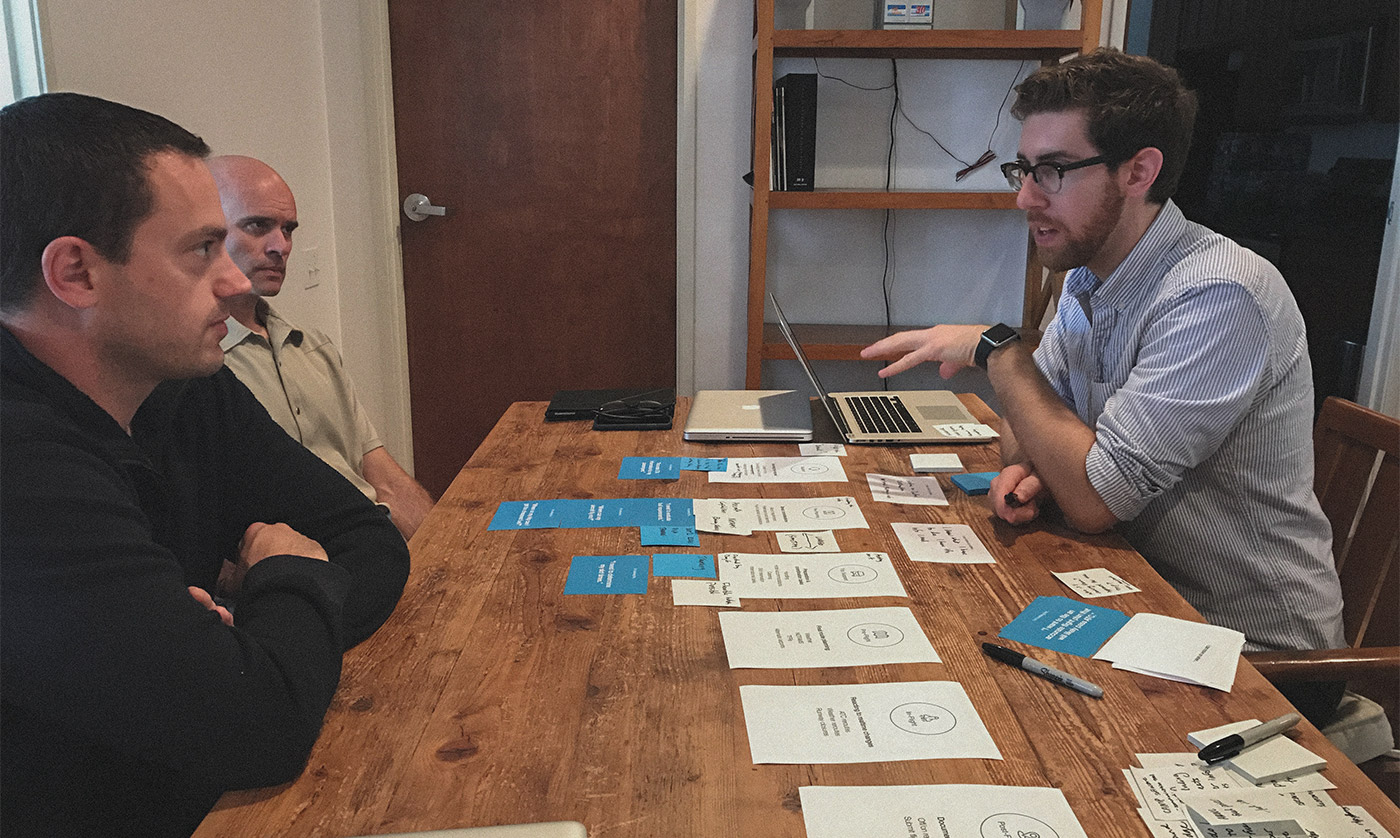
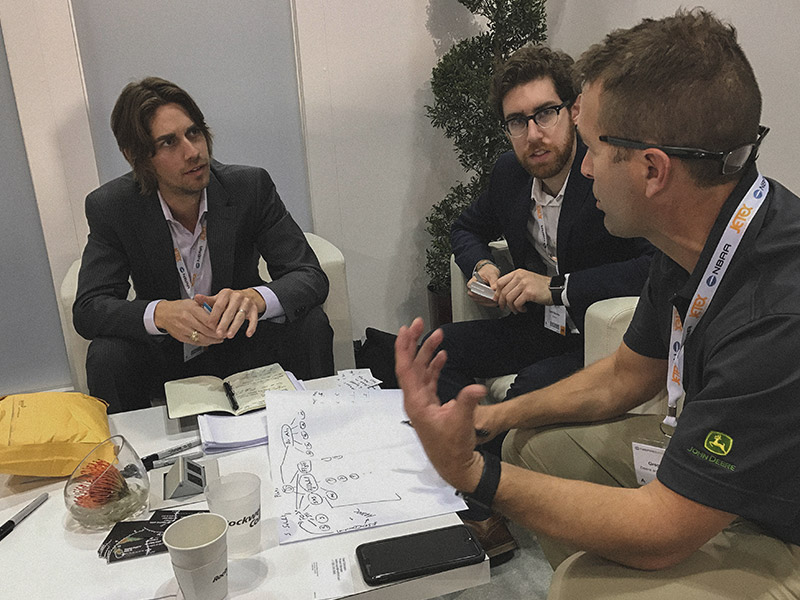
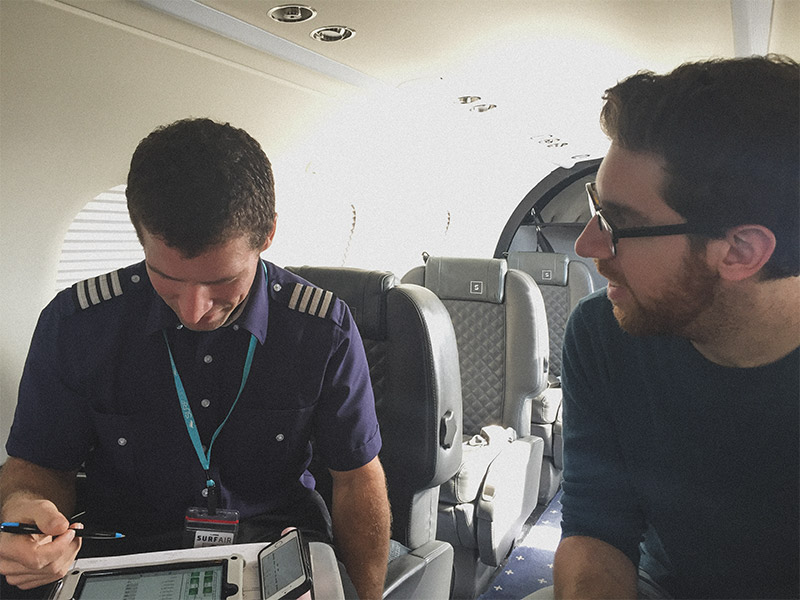
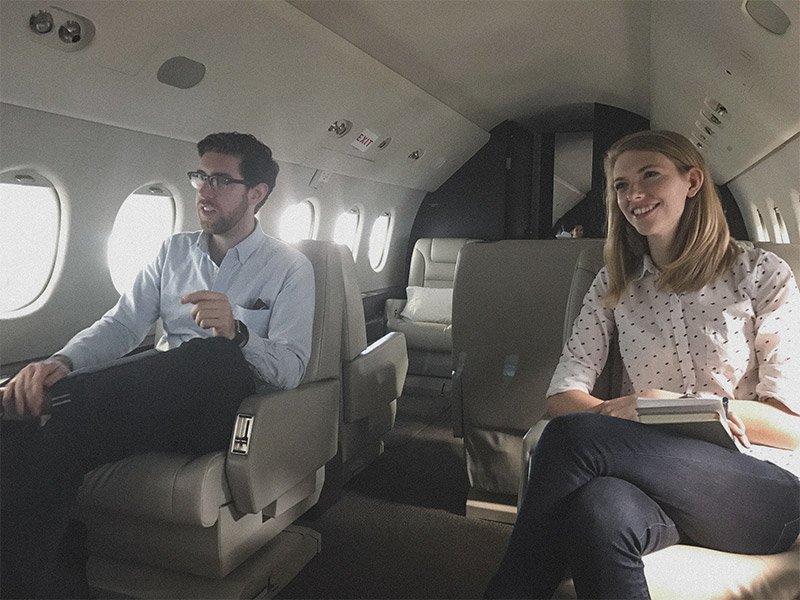

Design approach
approach
approach
Experience principles to unify the ambition
Experience principles to unify the ambition
We developed five experience principles and one overall mission to define the product aspirations, ground subsequent decision making, and build a consensus within the stakeholder group. This proved to be invaluable in guiding design choices for us and client teams.
We developed five experience principles and one overall mission to define the product aspirations, ground subsequent decision making, and build a consensus within the stakeholder group. This proved to be invaluable in guiding design choices for us and client teams.
Workflow mapping
approach
approach
Product strategy rooted in functional customer workflows
Experience principles to unify the ambition
To understand the landscape of possible requirements for the product, and to make decisions on where to focus, we mapped in detail all workflows that are performed by a flight department. Armed with a clearer understanding of their customer, we were able to choose how to support them with a sound product strategy.
We developed five experience principles and one overall mission to define the product aspirations, ground subsequent decision making, and build a consensus within the stakeholder group. This proved to be invaluable in guiding design choices for us and client teams.
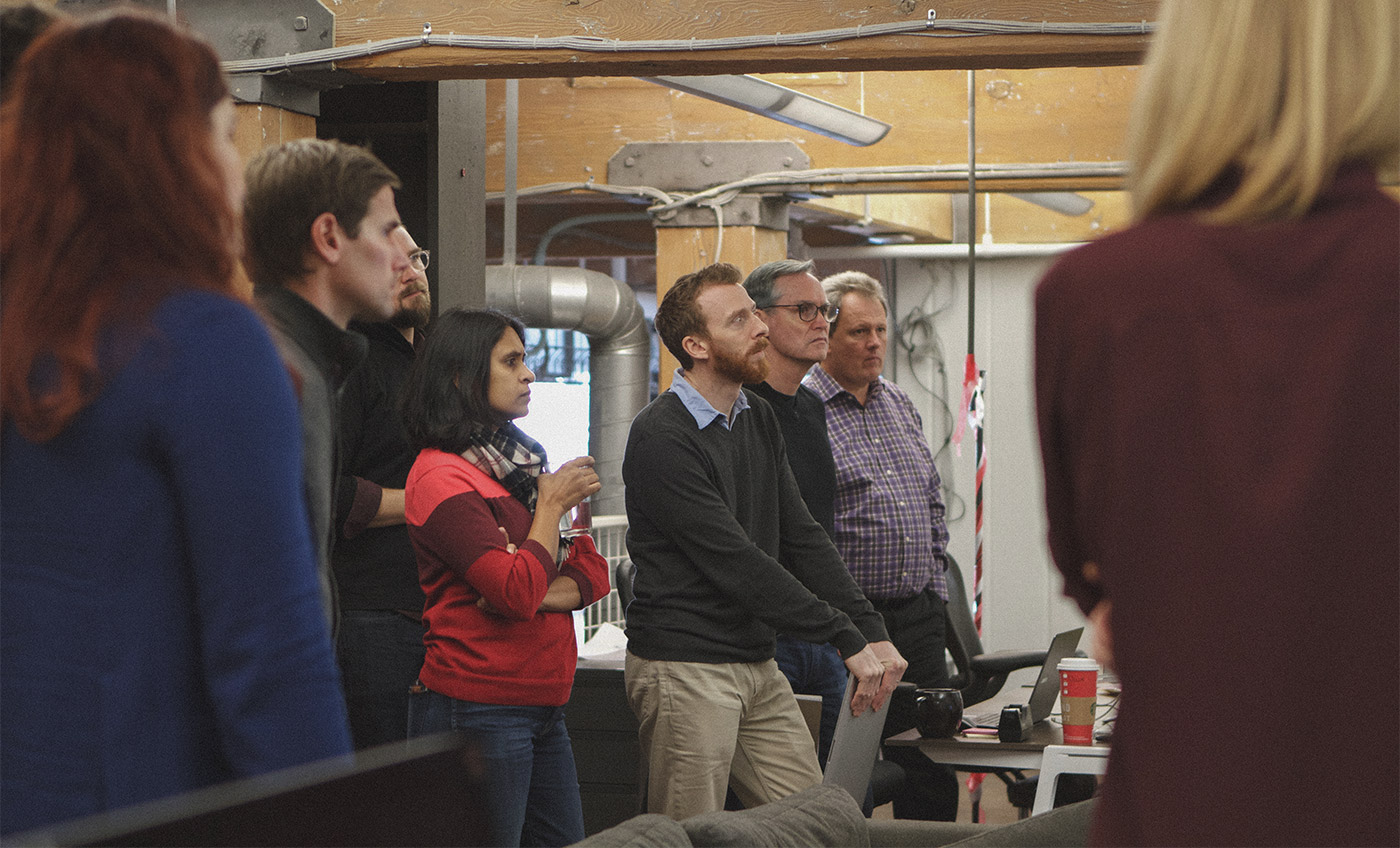
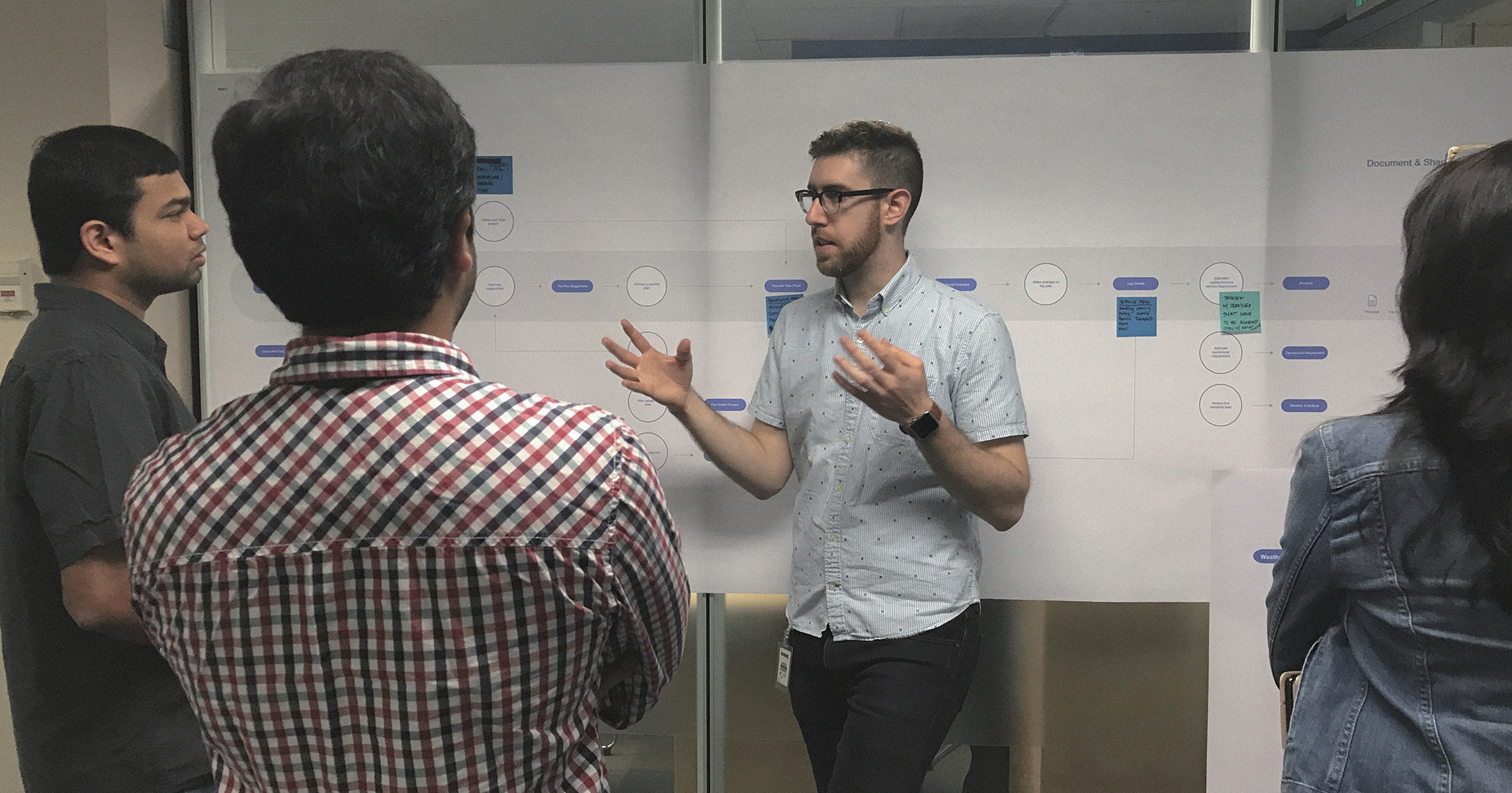
Solution
approach
approach
A cohesive interaction model and product architecture
Experience principles to unify the ambition
Given the complexity of the domain, we knew most professionals using the product would be power users utilising a wide feature set. It was crucial to make it easy for pilots and dispatchers to navigate the complexity with a clear mental model. We developed an interaction model and product architecture based on our deep understanding of the workflows we were supporting.
We developed five experience principles and one overall mission to define the product aspirations, ground subsequent decision making, and build a consensus within the stakeholder group. This proved to be invaluable in guiding design choices for us and client teams.

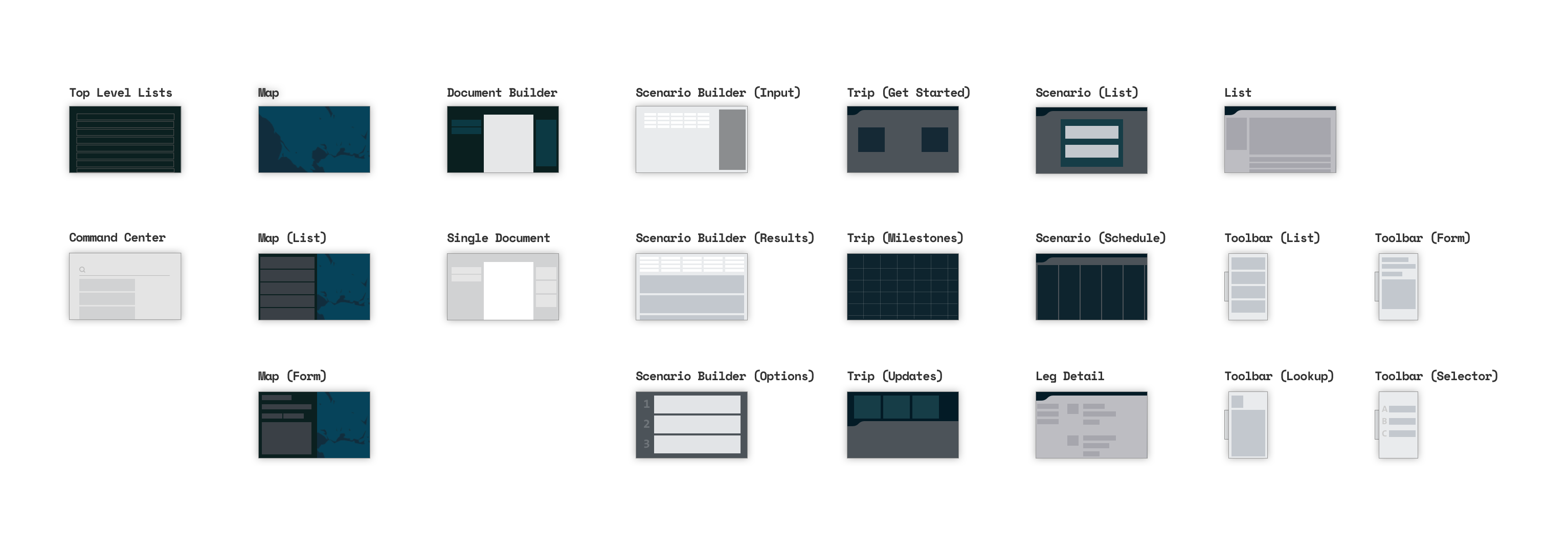
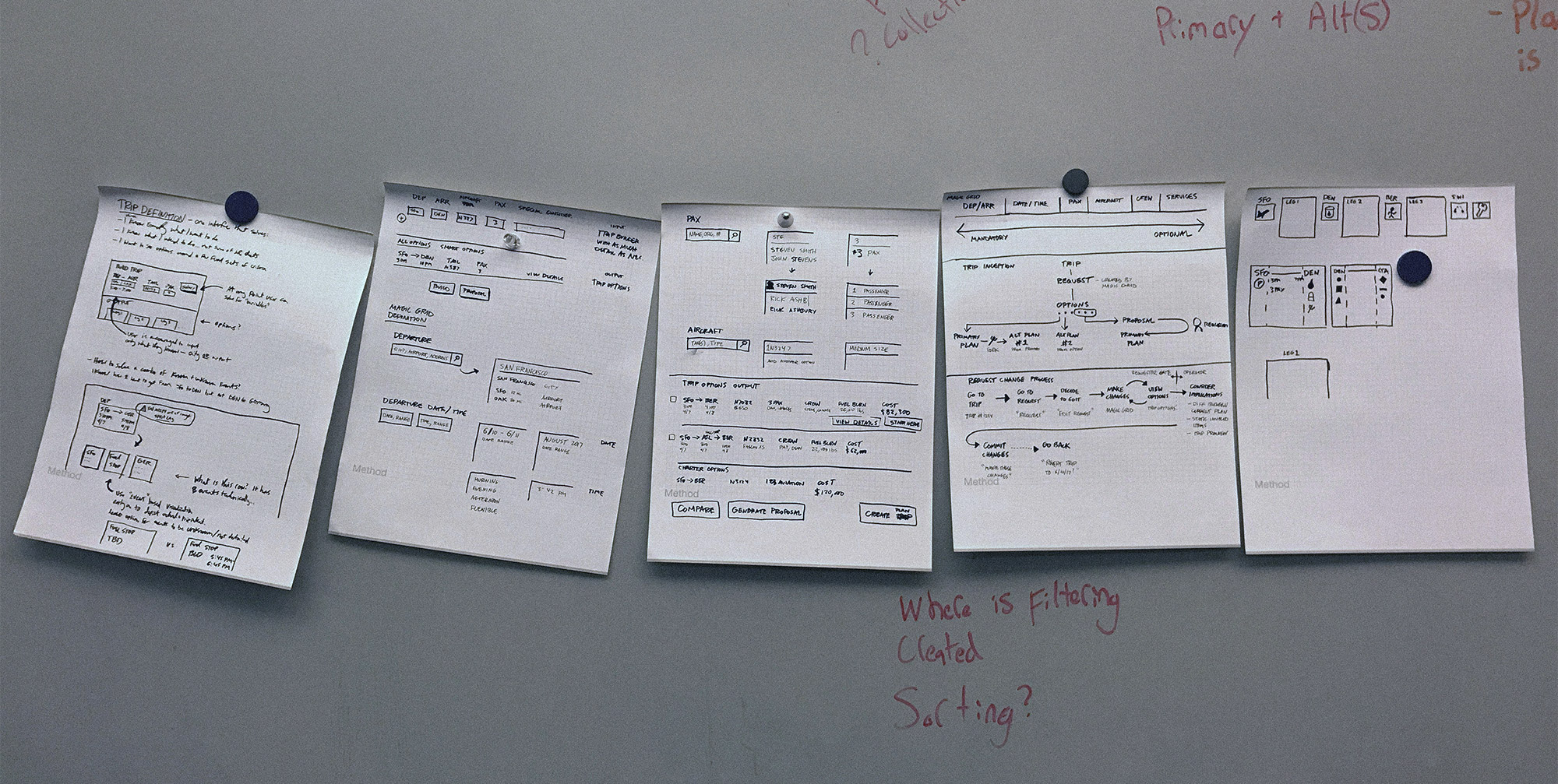

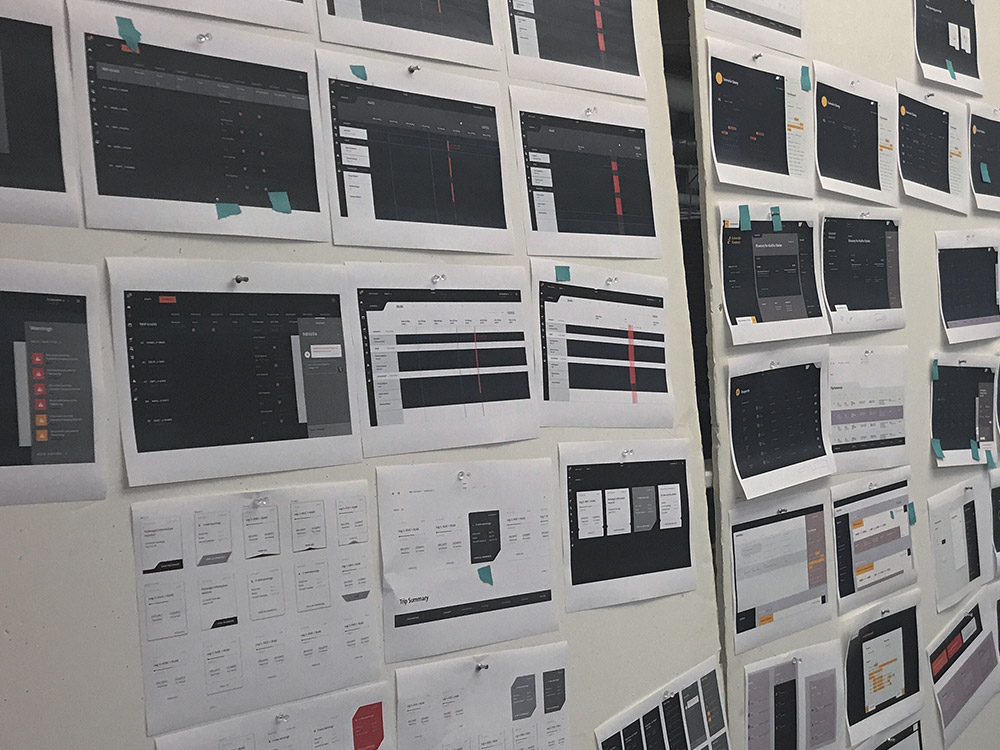
Alignment
approach
approach
Building a vision to align on the future
Experience principles to unify the ambition
Using the insight we’d gathered, we designed a vision for an aspirational product that demonstrated a new approach to their business. This intentionally off-branded approach was useful in aligning stakeholders’ expectations of the product, allowing them to gain a mutual understanding. This also built support to take this vision into reality through a subsequent detailed product design phase.
We developed five experience principles and one overall mission to define the product aspirations, ground subsequent decision making, and build a consensus within the stakeholder group. This proved to be invaluable in guiding design choices for us and client teams.
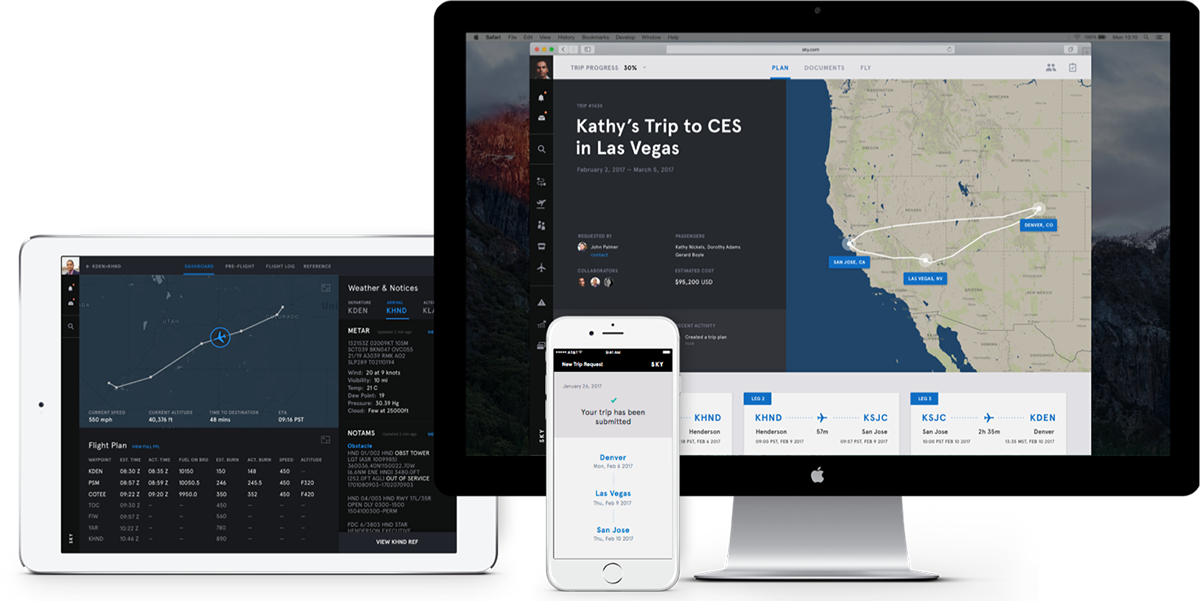
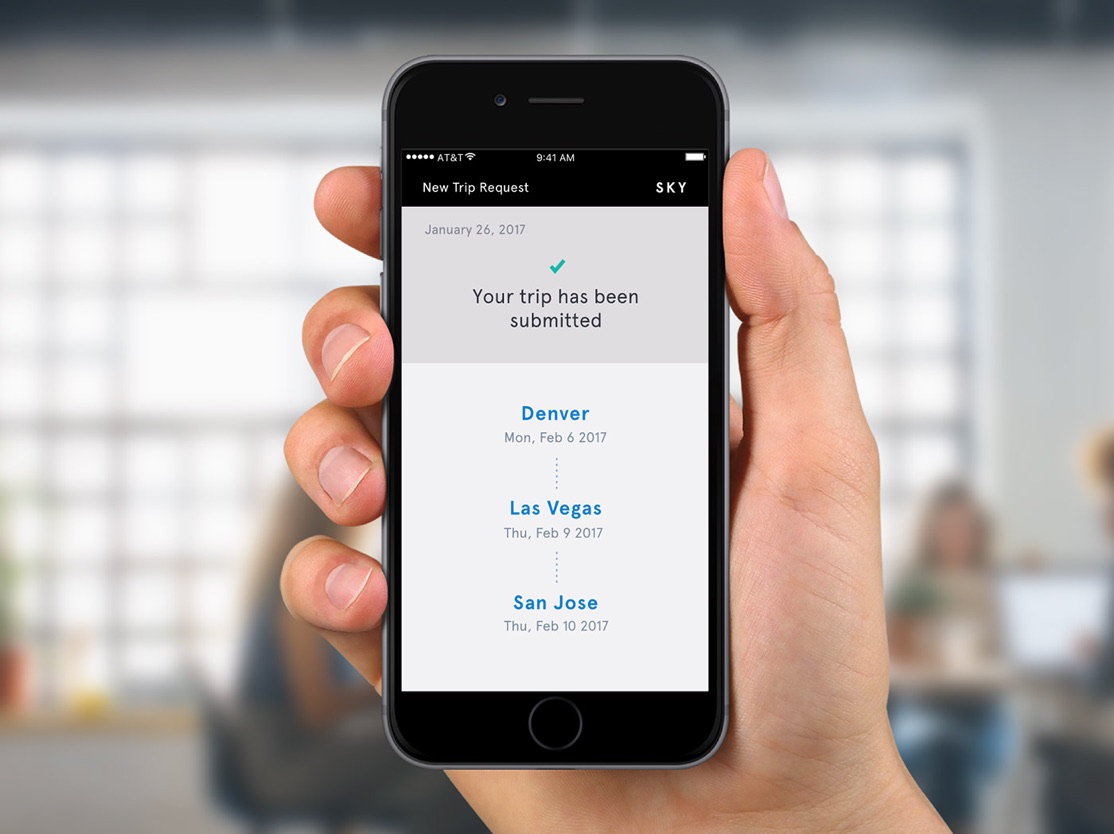
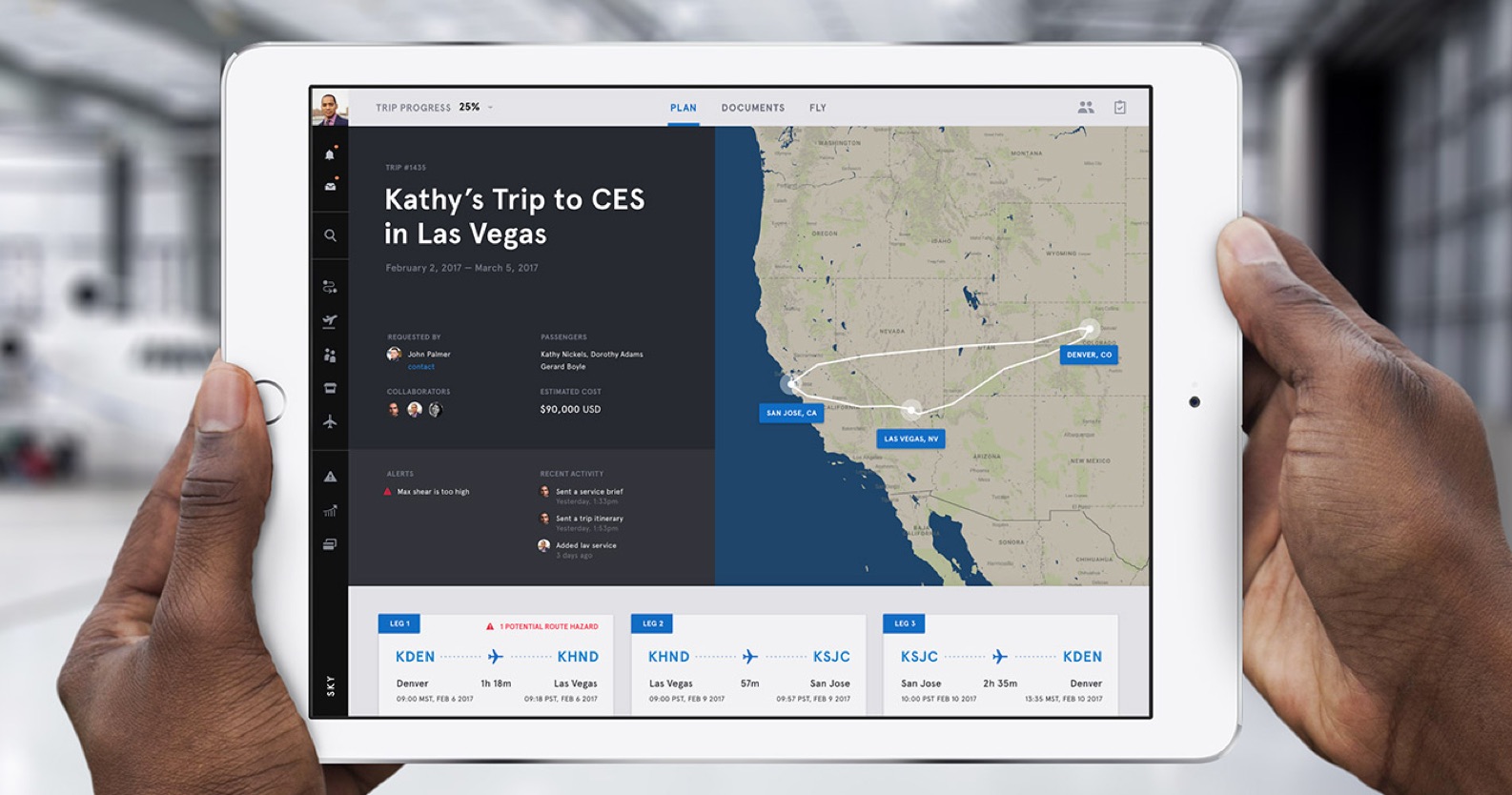
Detailed Design
approach
approach
Aligning two brands through their first design system
Experience principles to unify the ambition
The parent company had acquired various child brands, and had since been running them as a standalone services with little integration into the mother brand. One of our goals was to facilitate their integration through a unifying design system that could extend to other parent brand products and services.
We developed five experience principles and one overall mission to define the product aspirations, ground subsequent decision making, and build a consensus within the stakeholder group. This proved to be invaluable in guiding design choices for us and client teams.

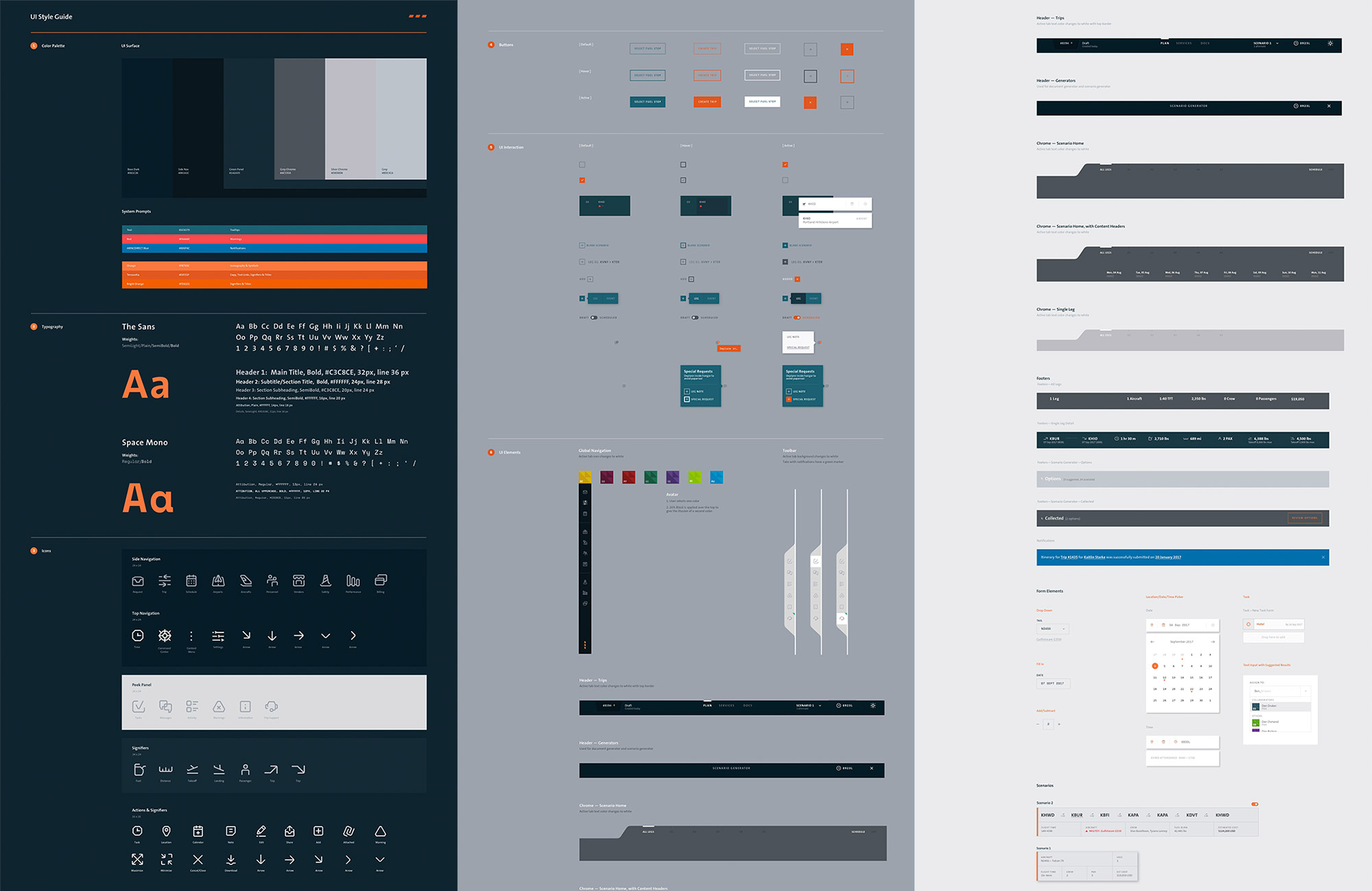
Rollout
approach
approach
Roadmap to guide future development
Experience principles to unify the ambition
To facilitate a realistic product release, we helped the client develop a rollout strategy, prioritize an MVP, and define a sunset strategy for their existing portfolio. Given the size of the endeavor, we developed a five-step release sequence that would first arm their internal operations, then allow their customer base to migrate naturally to the new ecosystem.
We developed five experience principles and one overall mission to define the product aspirations, ground subsequent decision making, and build a consensus within the stakeholder group. This proved to be invaluable in guiding design choices for us and client teams.


Connected FoodHardware Prototyping & Speculative Design

Future of FinanceStrategic Design
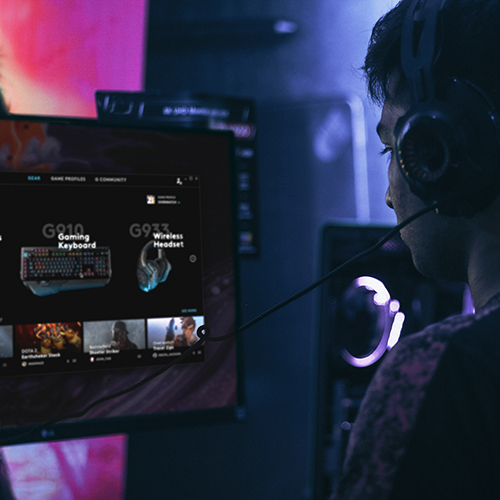
Logitech G HubProduct Design & User Validation
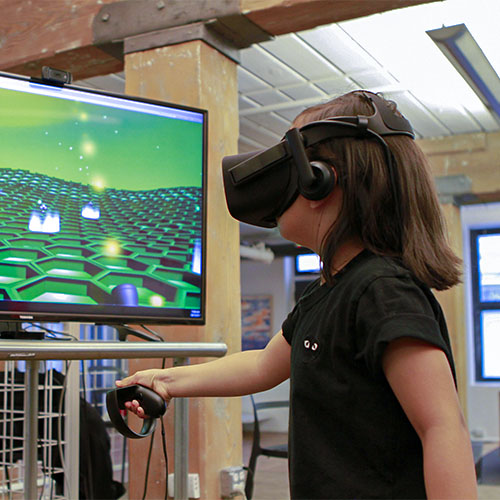
ScoutImmersive and Personalized Education

Surrounded by DataExploration of Future Interfaces & IoT
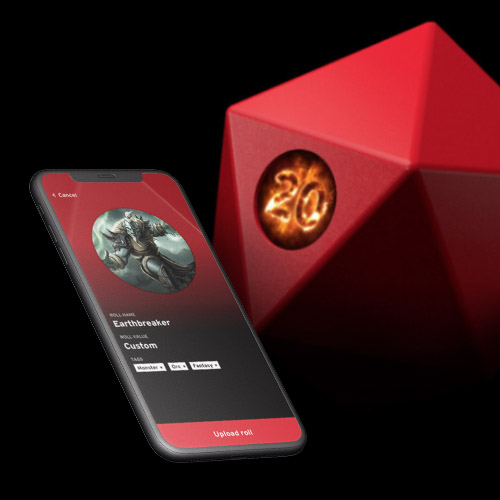
BIG20Physical Product Launch
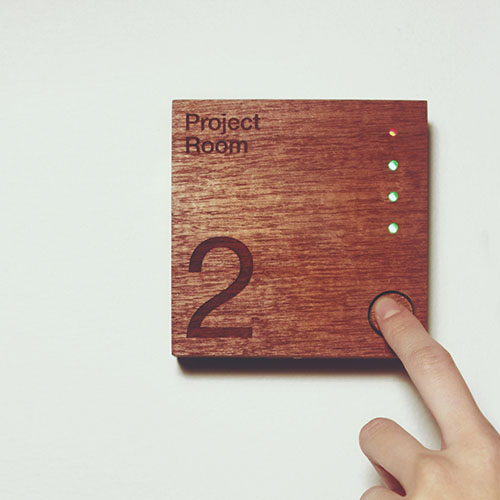
RoomieIoT Connected Room Sign